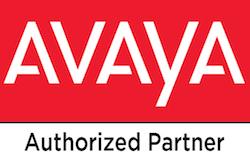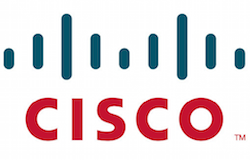Frequently Asked Questions
We understand that the Telecommunications industry offers a plethora or products and services and that most of our current clients and prospects all have questions. We have comprised a list of the most frequently asked questions that we have been asked over the last few years. And if your questions are not answered below simply use the “Contact Us” link or Click Here!






